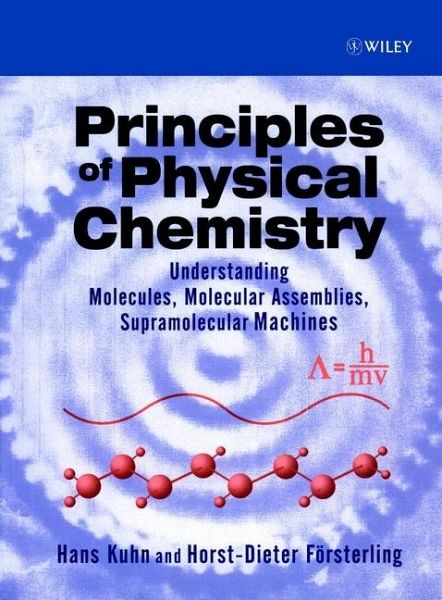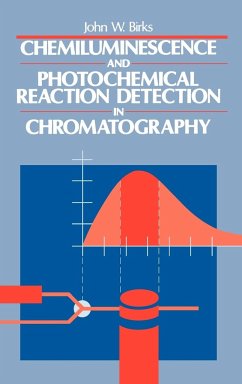Nicht lieferbar

Principles of Physical Chemistry
Understanding Molecules, Molecular Assemblies, Supramolecular Machines
Versandkostenfrei!
Nicht lieferbar
Physikalische Chemie geht nicht nur Chemiker an - auch Ingenieure, Materialwissenschaftler, Biochemiker und Biologen benötigen zumindest Grundkenntnisse auf diesem Gebiet. Eine modern gehaltene Einführung, die sowohl quantenmechanische als auch thermodynamisch-phänomenologische Ansätze umfaßt, bietet dieses Lehrbuch. Der Bezug zur Praxis wird durch viele Anwendungsbeispiele hergestellt. (04/99)













